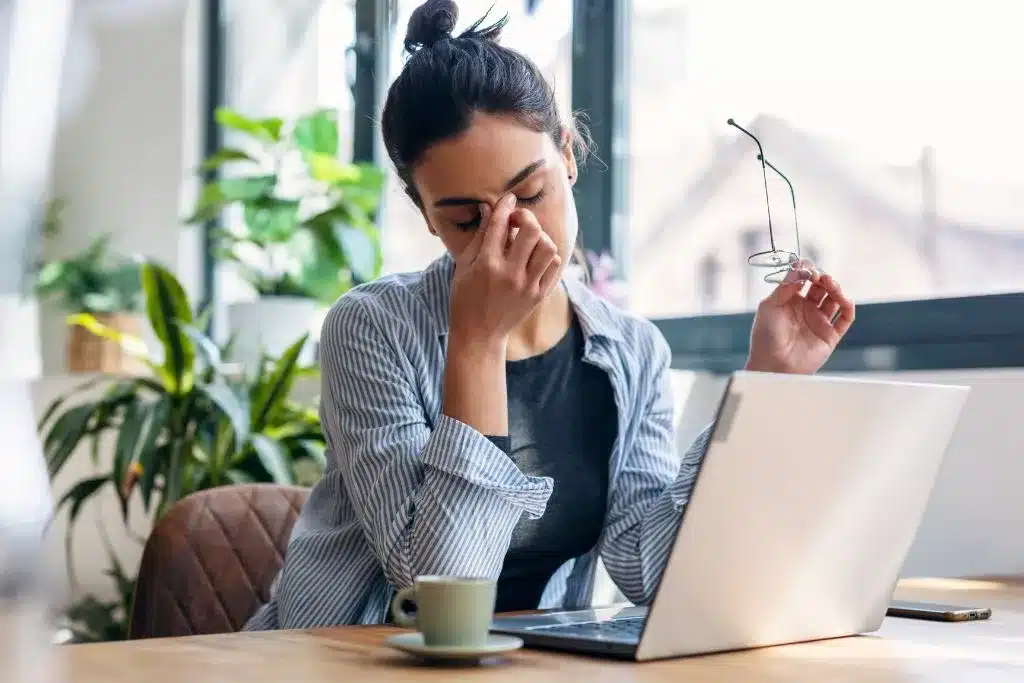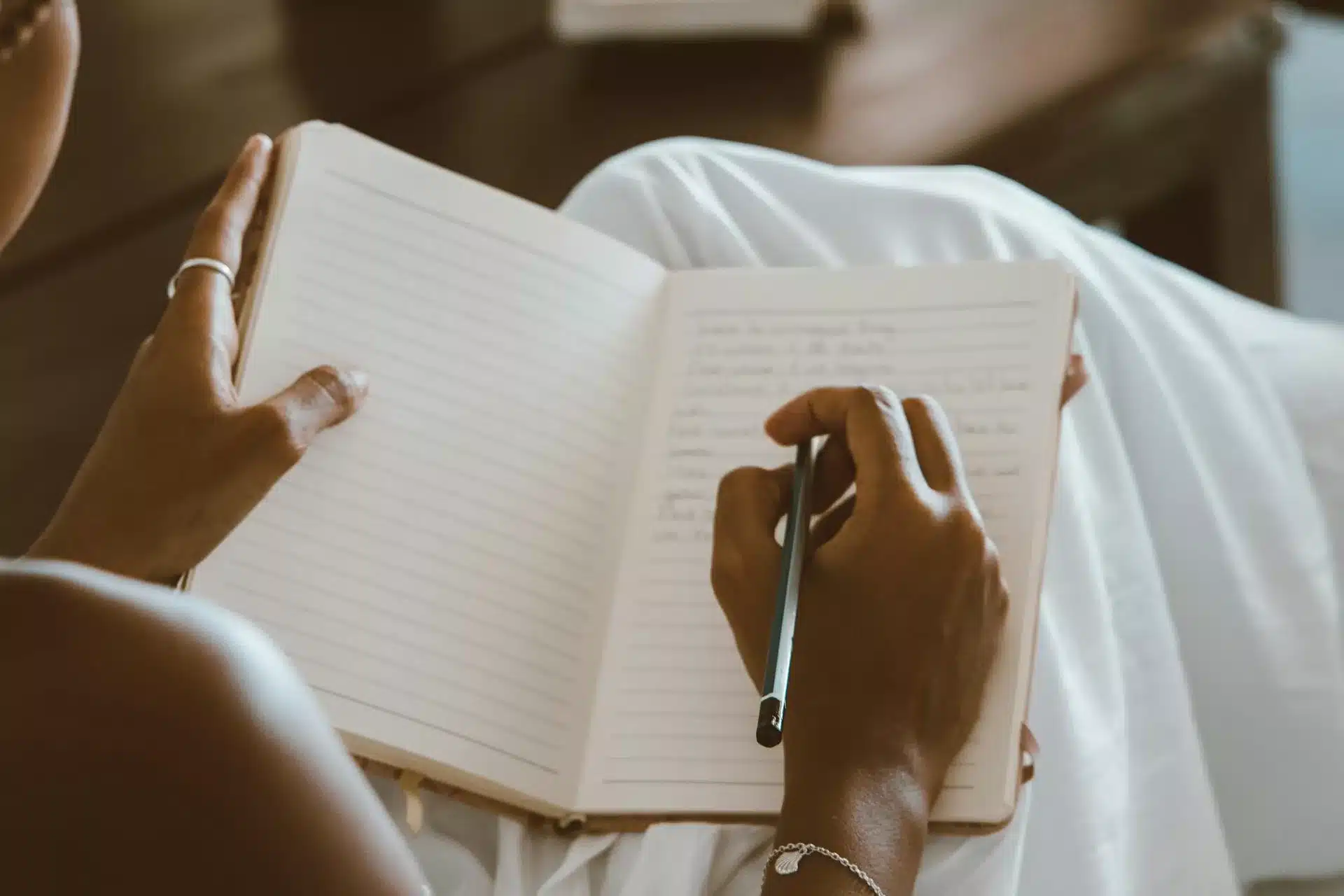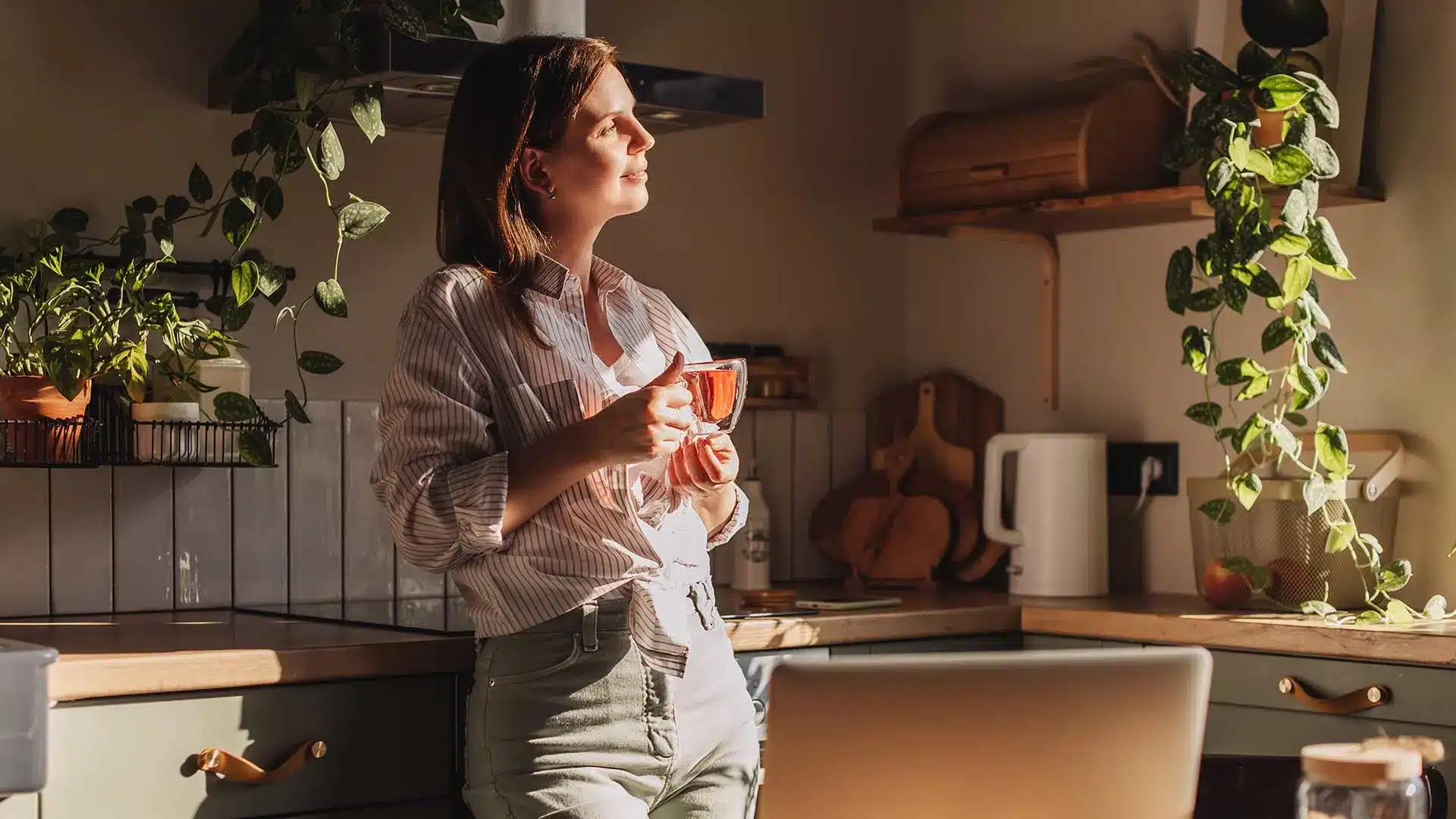In a world where our smartphones connect us to everything and everyone, a counter-movement is quietly gaining momentum: digital decluttering.
You might have noticed it – a friend proudly switching to a basic flip phone on weekends, a coworker carrying a paper planner instead of using Google Calendar, or perhaps you’ve felt the urge to print out photos and create a physical album. It seems like everyone’s hiding their screens and going analog these days. What’s driving this retreat from constant connectivity? In short, many people are burned out on digital life and are rediscovering the joy and calm of analog activities.
Let’s explore this trend, from the tools making a comeback to the motivations behind the shift, and how people are balancing tech and offline life.
Digital Burnout and the Desire to Unplug

We’re constantly glued to screens – emails, social media, news, Zoom calls. All that digital noise can lead to stress, trouble sleeping, and feeling constantly drained. “Screen fatigue” and “digital burnout” are real, with symptoms like poor focus and the nagging sense of being busy but unfulfilled.
Now, more people are stepping back. Not quitting tech entirely – but setting boundaries. Turning off non-essential notifications, unfollowing draining accounts, or carving out “phone-free” hours. Some even try full digital detoxes on weekends. The result? Many say they feel calmer, more present, and actually more productive.
The pandemic only made things worse. Remote work, virtual social lives, and online everything pushed screen time to extremes. By 2022, people were hungry for real-world experiences. That craving helped spark the return of all things analog.
The Analog Comeback: Planners, Notebooks, and Film Cameras
The Analog Comeback: Planners, Notebooks, and Film Cameras

Analog is in – and it’s not just nostalgia. From paper planners to Polaroids, more people are ditching digital tools in favor of slower, tactile experiences. Paper journals and bullet planners help users feel more organized and creative than cluttered apps ever could. Writing things down by hand boosts memory and gives a sense of control.
Film photography is also booming, especially among Gen Z. Instant cameras like FujiFilm Instax make photos feel personal again – each shot is limited, printed, and special. Vinyl records are seeing a massive revival too, with fans craving the focused, immersive experience of listening to a full album without distractions.
Books? Still thriving. Despite e-readers, many prefer the feel of a real book, and indie bookstores are even growing – thanks in part to TikTok’s #BookTok trend. Bullet journaling, scrapbooking, and even handwritten letters are back too, offering a creative, screen-free break.
It’s not just retro – it’s a response to digital overload. Analog tools feel more human, and that’s exactly what people are craving.
Why People Are Hiding Their Screens

The analog shift isn’t just about being trendy – it’s deeply personal.
Mental Clarity: Taking breaks from screens helps reduce anxiety and improve focus. Analog habits like journaling or reading a paperback encourage mindfulness and better sleep.
Nostalgia & Aesthetic Vibes: Retro is cool. Typewriters, vinyl, and film cameras offer charm and uniqueness. Sharing these cozy, analog setups online adds authenticity that screens can’t match.
Control & Privacy: Writing on paper means no data tracking, no app crashes, and no digital footprints. Analog tools give people a sense of autonomy in a hyper-connected world.
Deeper Experiences: Whether it’s listening to a vinyl album or flipping through a newspaper, analog forces you to slow down, savor moments, and engage more fully with what you’re doing.
Balancing Digital and Offline Life

Going analog doesn’t mean ditching tech – it’s about balance. Many people now blend both worlds, using apps for essentials like fitness tracking while journaling or reading offline to unwind.
Digital decluttering often mirrors physical tidying. Clearing apps or muting notifications can be as calming as cleaning a messy desk. That clarity frees up time for hobbies like painting, cooking, or gardening.
Socially, more folks are setting “no phone” times – like tech-free dinners or device baskets during game night. These analog moments bring deeper connection, and entire communities are forming around shared offline activities like book clubs, board games, or letter writing.
The Joy of Missing Out (JOMO)

When you lean into analog life, something surprising happens – you start enjoying the joy of missing out. Without constant alerts, memes, and highlight reels, life feels quieter and more present. Sipping coffee without checking emails or walking without your phone becomes a small act of peace.
People who cut back on screen time say their focus improves and stress drops. Sure, there’s some FOMO at first, but they soon realize most notifications can wait—and what really matters finds its way to them anyway.
This isn’t about rejecting tech, but using it more intentionally. As digital decluttering grows, it’s clear people want control over their time and attention. So if you see someone journaling at a café or flipping through a paperback on the train, they might just be onto something.
Feeling overwhelmed by the constant buzz of your devices? It might be time to join the growing trend of digital decluttering and embrace the simplicity and mindfulness of an analog lifestyle.
Whether it’s picking up a physical planner or leaving your phone behind for a few hours, taking control of your digital life can offer a fresh perspective and help you reconnect with the present moment.
Source:https://themusicessentials.com/lifestyle/digital-decluttering-the-quiet-trend-that-is-changing-lives-in-2025/
